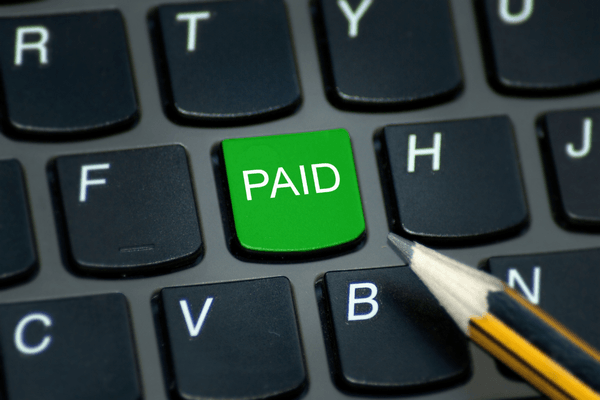Managing time: it's a core component of a successful business. Whether you need to manage - or track - your own time as a small business owner, or accurately record the hours worked by your staff and contractors, the best way is via an app.
While the terms 'clocking in' and 'clocking out' are outdated and few businesses still use punch cards, the concept and process of tracking hours is just as relevant. But why is it needed? Simply put, as the old saw goes, time is money.
In essence, time tracking refers to how businesses record the working hours of hourly employees and ensure those employees are compensated accurately for their time. Or, for the self-employed, how you record the time you spend on each job.
Using an app to track time makes the process much easier. It will free you up to spend more time doing what you do best. It will help your business be more organised and efficient.
To put it in the correct place in business management theory, time tracking falls under the wider category of 'time and attendance', which is a broad term that also typically encompasses attendance records, time off, billable hours and scheduling.
Tracking time is key to understanding how you spend your time, personally and in business. It is a key to productivity, better insight and a healthier workflow.
What do I need in a tracking app?
There is no single app that will suit everyone. As such, it is important to determine your specific business needs from a time tracking app, then consider which ones can offer you that. Once you have a short list, only then should you look at their other capabilities.
There are hundreds of apps available, ranging from those with basic features right through to some offering every conceivable bell and whistle. Do you need productivity monitoring? Would GPS tracking be of benefit? Does your system need to incorporate employee monitoring? Various time tracking apps can deliver all of that.
Let's start simply. Here are the important base criteria to use when evaluating time tracking apps for your needs:
- Real-time tracking: Nearly all time tracking apps let you track in real time, meaning they give you a running 'stopwatch' that you launch when you start a task, and that you can then pause or stop when you finish.
- The ability to edit and manually add: The best apps let you correct time tracked after the fact, for example if you accidentally leave a timer running while you have lunch. You should be able to edit the time log to subtract however many minutes you weren't working. You also want an app that lets you enter a block of time after the event. That's useful if you forget to launch a timer at all. For example, if your phone rings and you jump straight into a consulting call without starting a timer. You DO want to accurately log and bill for that time worked.
- Reporting features. The most powerful time tracking apps offer dashboards and reports that let you break out daily, weekly or monthly time spent per project, per person or per client. This is a vital addition for many businesses that want to use the data for evaluation, marketing and more.
- The ability to create an invoice or export data. Once you aggregate all time spent on the unit of work, you have to be able to take action on it. Many apps let you either automatically generate invoices from the time tracking data stored in the app or export that information into PDFs, CSVs or Google Sheets to share with the right people.
Also, keep in mind that if you're using employee monitoring software, many of those include some form of time tracking.
Time tracking apps
Here's a quick review of some time tracking apps we like.
1.DeskTime
DeskTime is a simple-to-use time tracking app that combines three crucial features: employee monitoring, project management and productivity analysis. Additionally, this employee-productivity tracking software is designed to help businesses identify unproductive habits, by sorting web pages and applications into 'productive' and 'unproductive'.
2.Hours
Hours is a time clock app with basic time tracking features. It is most suited for people who are not looking for advanced features. Hours is available as a mobile app and allows you to keep a running list of timers and quickly switch between your tasks.
3.Timecamp
Timecamp is a cloud-based time tracking solution where work time can be easily tracked manually by timers and automatically via the desktop app. It can help you track performance, profitability and productivity.
4.Time Doctor
Time Doctor is a mix between time tracking, monitoring of employees and project management. It's a powerful employee monitoring tool, as it gives you detailed information about who did what and when.
5.Toggl
Toggl is a timer-based time tracking system that's rather easy to use. Create a project, then create a task within that project and start the timer. Done working on the certain task? Click stop and switch the tasks.
Take the time for change
Once you've considered what your business needs, found the 'best fit' time tracking app and then implemented a system, you will wonder how you ever managed without it.
A time tracker should be easy to use and work in with the existing processes of your team. If it's a battle, they won't use it well. So, do some research and instil the new procedures using a realistic change-management approach. Before you know it, you'll be more efficient, more informed and have more time.
To find out more about the time tracking options available and what system may work best in your unique circumstances, give us a call today.








